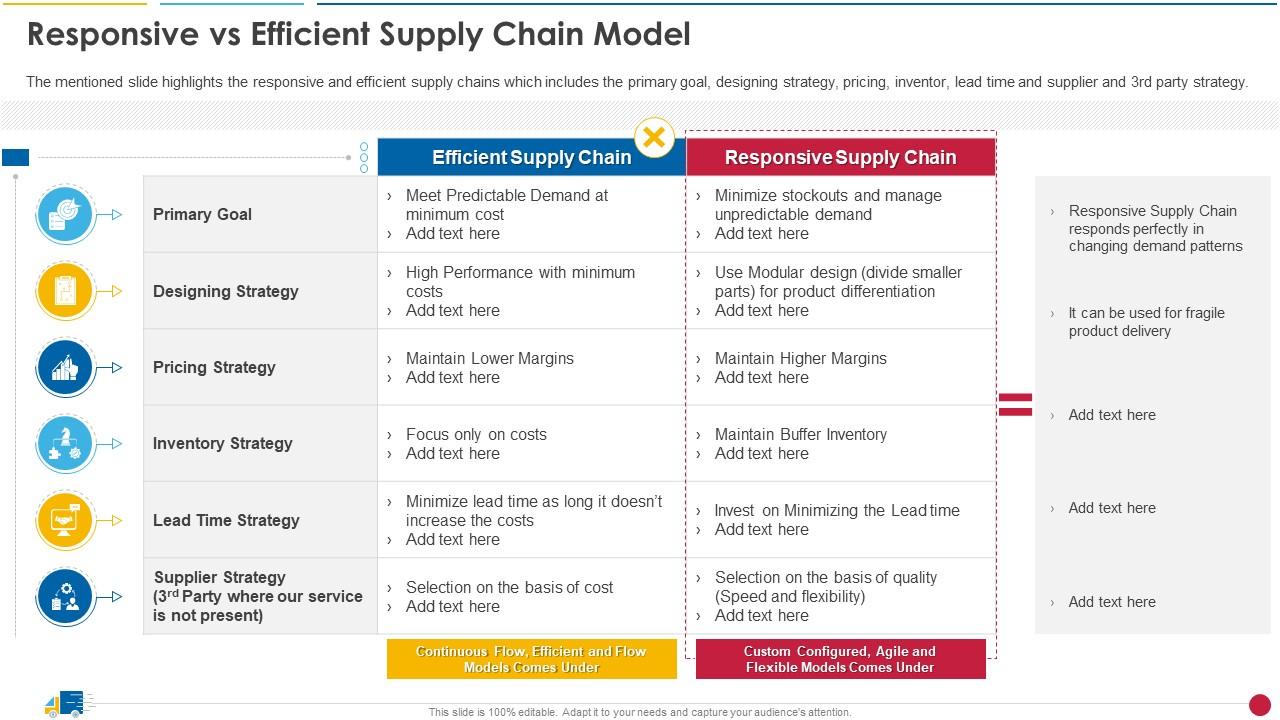What Is Food Lion Distribution? Efficient Supply Chain Guide

The concept of a well-organized distribution system is crucial for the success of any large-scale retail operation, and Food Lion, a prominent grocery store chain, is no exception. Food Lion distribution is a complex network designed to manage the flow of goods from suppliers to stores, ensuring that products are delivered efficiently, reducing costs, and maintaining high levels of customer satisfaction. At the heart of this system lies a sophisticated supply chain that integrates various elements, including procurement, logistics, inventory management, and transportation.
Introduction to Supply Chain Management
Supply chain management (SCM) refers to the coordination and management of activities involved in sourcing, producing, and delivering products to customers. In the context of Food Lion, effective SCM is vital for ensuring that products are available on shelves when customers need them, in the right quantities, and at competitive prices. The supply chain of Food Lion encompasses a broad spectrum of operations, from the initial procurement of goods from suppliers to the final delivery of these goods to retail stores.
Key Components of Food Lion Distribution
Procurement: This involves the process of sourcing goods from suppliers. Food Lion works with a wide range of suppliers to ensure a diverse and quality product offering. The procurement process is carefully managed to negotiate the best prices, ensure compliance with quality standards, and build strong relationships with suppliers.
Inventory Management: Managing inventory levels is critical to ensure that stores are neither overstocked nor understocked. Food Lion uses advanced inventory management systems to track product movement, forecast demand, and optimize stock levels. This helps in reducing waste, minimizing the need for markdowns, and ensuring that popular items are always available.
Logistics and Transportation: Once products are procured, they need to be transported to distribution centers and then to individual stores. Food Lion’s logistics and transportation network is designed to be efficient, reliable, and cost-effective. The company utilizes a combination of its own fleet and third-party carriers to manage the transportation of goods.
Distribution Centers: Food Lion operates several distribution centers strategically located across its operating area. These centers act as hubs where products from various suppliers are received, stored temporarily, and then shipped out to stores based on demand. The distribution centers are equipped with advanced technology and managed by experienced logistics professionals to ensure smooth operations.
Store Operations: The final leg of the supply chain involves the management of products within the stores themselves. This includes receiving shipments, stocking shelves, managing inventory at the store level, and implementing pricing and promotional strategies. Food Lion places a strong emphasis on store operations to ensure a positive customer shopping experience.
Challenges in Food Lion Distribution
Despite the sophistication of its supply chain, Food Lion faces several challenges in its distribution operations. These include:
- Supply Chain Disruptions: Events like natural disasters, supplier insolvencies, or transportation disruptions can severely impact the ability to maintain consistent product supply.
- Demand Forecasting: Accurately predicting demand is crucial but challenging, especially for perishable goods or during periods of high volatility in consumer spending.
- Cost Management: Balancing the need for efficient and fast distribution with the pressure to control costs is an ongoing challenge.
- Sustainability: Consumers are increasingly demanding more sustainable practices from retailers, including reduced carbon footprint and waste management.
Implementing Efficient Supply Chain Practices
To address these challenges and improve efficiency, Food Lion, like many other retailers, is turning to technology and innovative supply chain practices. Some strategies include:
- Use of Data Analytics: Advanced data analytics can help in better demand forecasting, optimizing inventory levels, and streamlining logistics operations.
- Adoption of Digital Technologies: Technologies such as blockchain, IoT (Internet of Things), and AI (Artificial Intelligence) can enhance supply chain visibility, improve traceability, and automate various processes.
- Sustainable Practices: Incorporating sustainable practices into the supply chain, such as electric or alternative fuel vehicles, reducing packaging, and implementing recycling programs, can help reduce environmental impact.
- Collaboration and Partnerships: Building strong relationships with suppliers and partners can lead to more resilient and responsive supply chains.
Conclusion
Food Lion’s distribution system is a complex and dynamic network that requires continuous monitoring, optimization, and innovation to meet the evolving needs of its customers and the challenges of the retail environment. By leveraging advanced technologies, implementing sustainable practices, and fostering strong supplier relationships, Food Lion aims to maintain a competitive edge in the grocery market. As the retail landscape continues to evolve, the efficiency and adaptability of Food Lion’s distribution network will remain crucial to its success.
Frequently Asked Questions
What is the primary goal of Food Lion’s distribution system?
+The primary goal is to ensure that products are delivered efficiently to stores, reducing costs and maintaining high customer satisfaction levels.
How does Food Lion manage its inventory?
+Food Lion uses advanced inventory management systems to track product movement, forecast demand, and optimize stock levels, ensuring that stores are neither overstocked nor understocked.
What challenges does Food Lion face in its distribution operations?
+Food Lion faces challenges such as supply chain disruptions, demand forecasting, cost management, and sustainability concerns.
How is Food Lion adopting technology in its supply chain?
+Food Lion is turning to technologies such as data analytics, blockchain, IoT, and AI to enhance supply chain visibility, improve traceability, and automate various processes.

